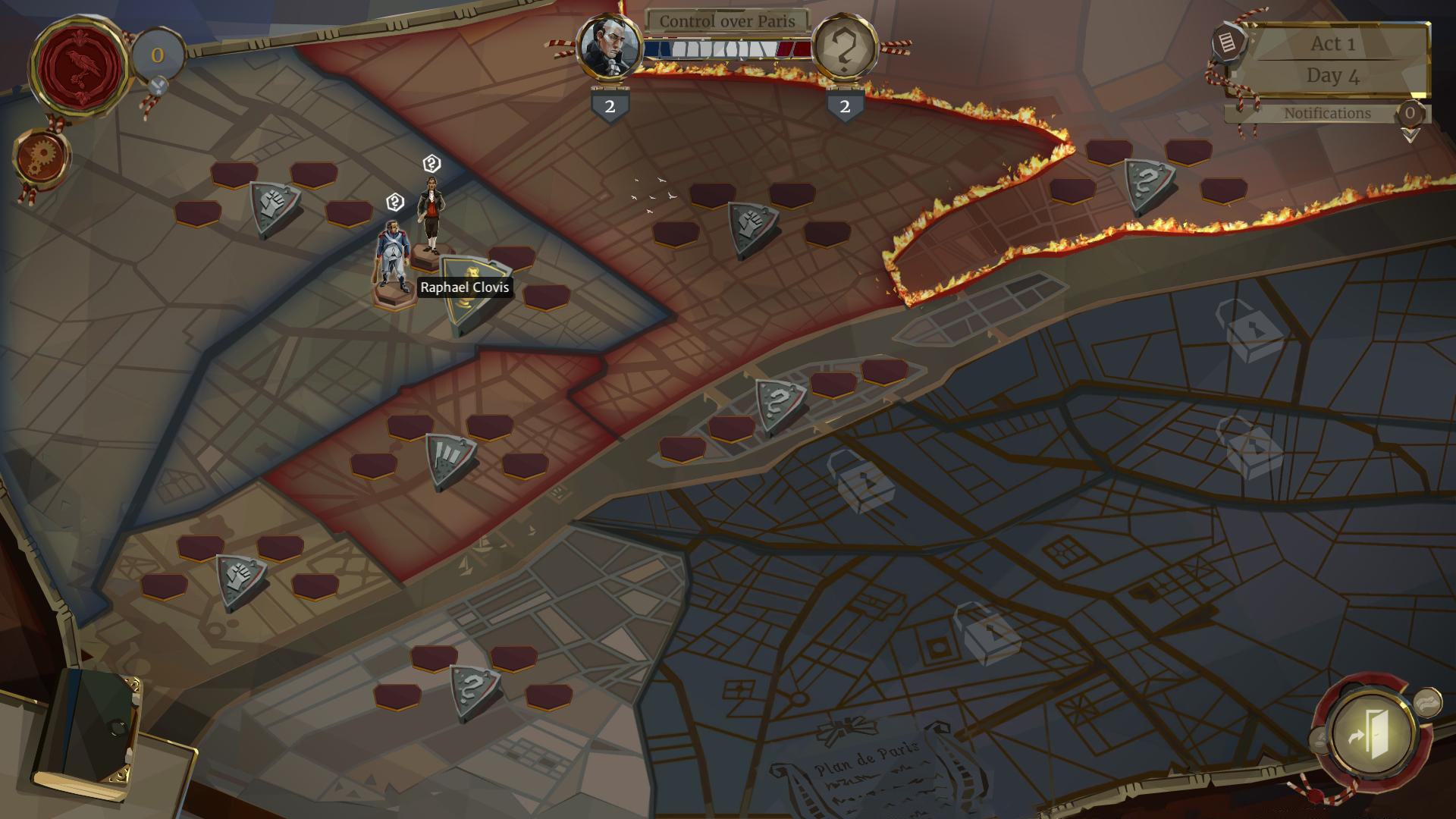

Historians mark July 14, 1789, as the start of the conflict when revolutionaries stormed Bastille, a medieval armory and prison, to arm themselves while simultaneously attacking a symbol of the monarchy’s absolute power. Frustrated with a monarchy that collected heavy taxes but offered nothing in return, the citizenry turned their widespread discontent on King Louis XVI. Image credit: Everett Collection/Shutterstockīy the late 18 th century, the people of France were living mostly in squalor, all except the nobility who lived lavish and expensive lifestyles. The French Revolution (1789 – 1799) Storming Bastille tower, July 14, 1789. The conflict officially concluded two years later with the 1783 Treaty of Paris in which the British abandoned all claims in the US. The violence continued for several years until George Washington’s troops, alongside the French army, won a decisive victory over the British at the Battle of Yorktown in 1781. On July 4 of the following year, the Continental Congress adopted the Declaration of Independence, an official proclamation rejecting the British monarchy, ultimately laying the groundwork for the formation of the United States of America. War broke out in 1775 with the Battles of Lexington and Concord when the King’s forces were sent to confiscate American military weapons and supplies.


At first, they did not openly demand independence, but they denounced taxation without representation within the British Parliament. In 1774, 12 delegates from the thirteen colonies came together to discuss the situation, forming the Continental Congress which served as the governing body of the colonies in the transition to independence. A notable act of rebellion happened in 1773, when a group of protestors known as the Sons of Liberty dumped 342 chests of tea into Boston Harbor to protest taxation on tea, an event that became known as the Boston Tea Party. Pockets of violence broke out as protestors, resenting the new taxes, voiced their unhappiness. Tensions between the British and their 13 American colonies began to mount in 1765 with the introduction of the Stamp Act, a decree imposing unpopular taxes on the colonies as a means to pay off the expenses from the Seven Years’ War with France. The American Revolution (1765 – 1783) The American Constitution and Declaration of Independence. Through bloodshed came change, and whether it was for better or worse, there is no denying the importance of such pivotal moments in our history. The following five revolutions are particularly noteworthy for their long-lasting impact on the world. These uprisings tended to shape not only one country, but several, their influence sometimes crossing continents. Many turned out to be failures, but occasionally, one would result in a triumphant success. History textbooks are filled with pages describing various revolutions: organized groups of people who fought with their lives to replace the existing ruling system with another.


 0 kommentar(er)
0 kommentar(er)
